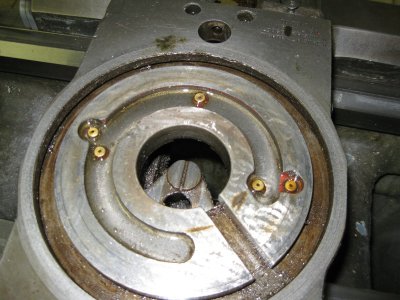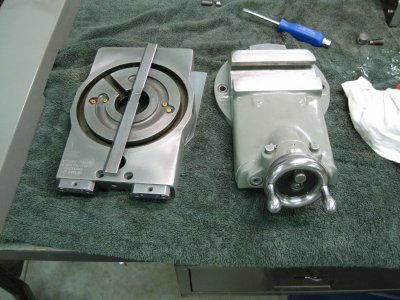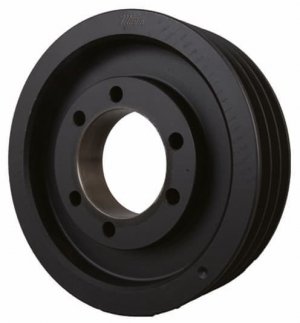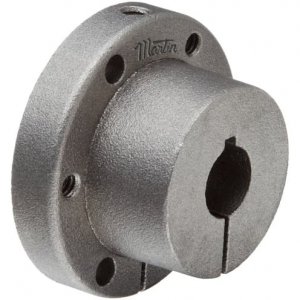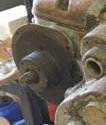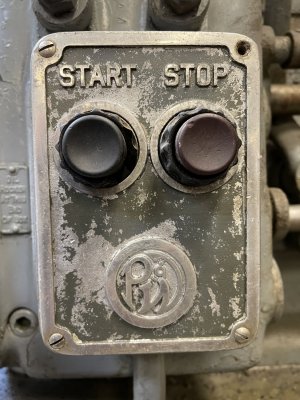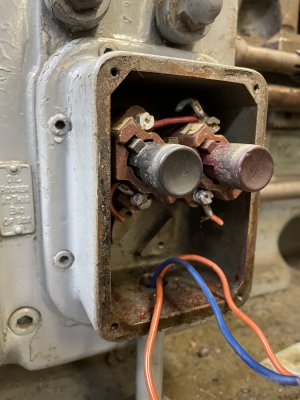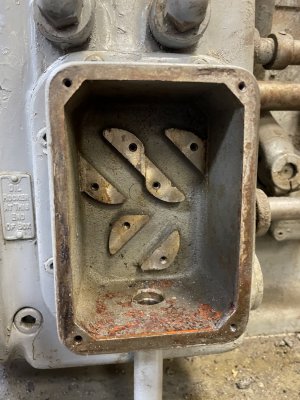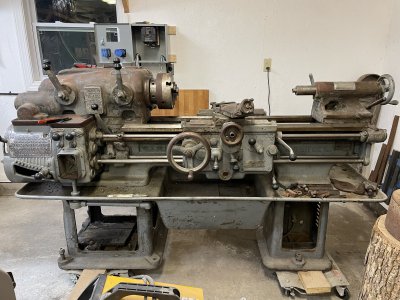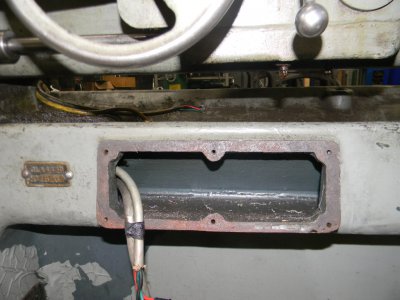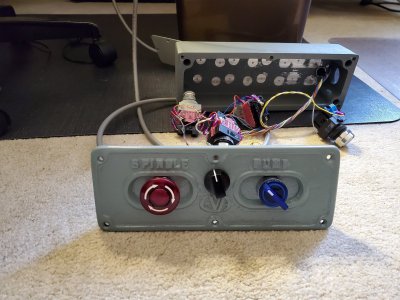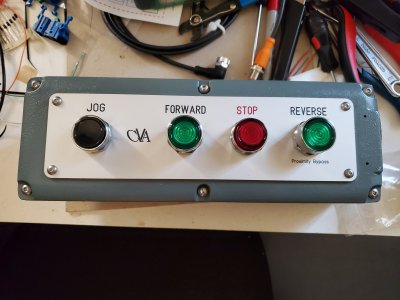I wasn’t really recommending that you flush the headstock but just sharing a way that I have done them before. Mine was pretty clean also. I’ve posted a picture of my headstock. I’m curious if there are any changes in mine from your earlier model. I’ve also included a picture of the headstock oil filter housing. Mine had a relief valve and the filter you see. The lower piece of this housing has a cavity that allows sediment to settle in.
View attachment 436817 View attachment 436816
As far as the apron goes, I would recommend pulling the saddle and pulling out the volume rods and changing the bijur metering units as these tend to plug. The volume rods also collect quite a bit of sediment which if not flushed out will find its way to the metering units. I’ve included a picture of the volume rods and the metering units below. These are a bit of a puzzle as they have to come out in the order I have them laid out.
View attachment 436815
I would also recommend as a minimum to pull the bijur pump on the apron as this has a filter in the pick-up. To pull this pump you’ll have to get to the back of the apron. The pump is connected to an access cover there. This pump is also connected to a distribution manifold that can be accessed from the front side of the apron. The pump must be disconnected from the manifold before you can pull the pump. There is an interlock for the half nuts on the inside of the apron front cover that will need to be triggered for the cover to be released or when reinstalling. I believe you can trigger this interlock with the saddle off. If you don’t pull the saddle, it will take a little more explanation.
View attachment 436811 View attachment 436812 View attachment 436814
There is also one of these bijur pumps in the feed gearbox. Below is a picture of it. Both pumps operate off of a fork that provides the pumping action.
View attachment 436813
I hope the pictures make this all easier to understand.

